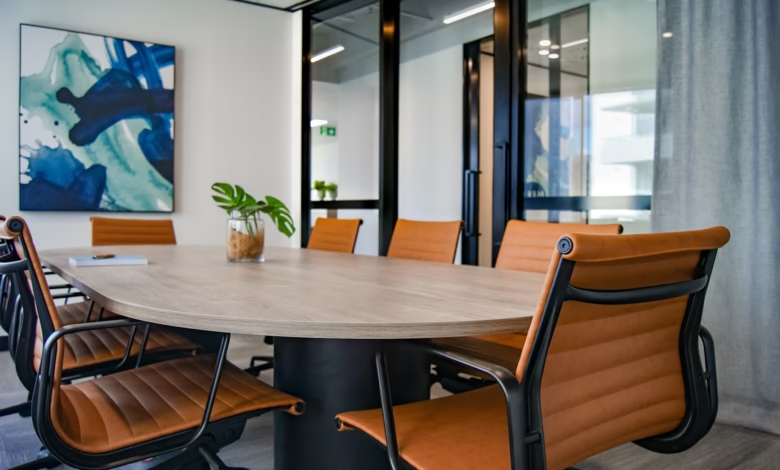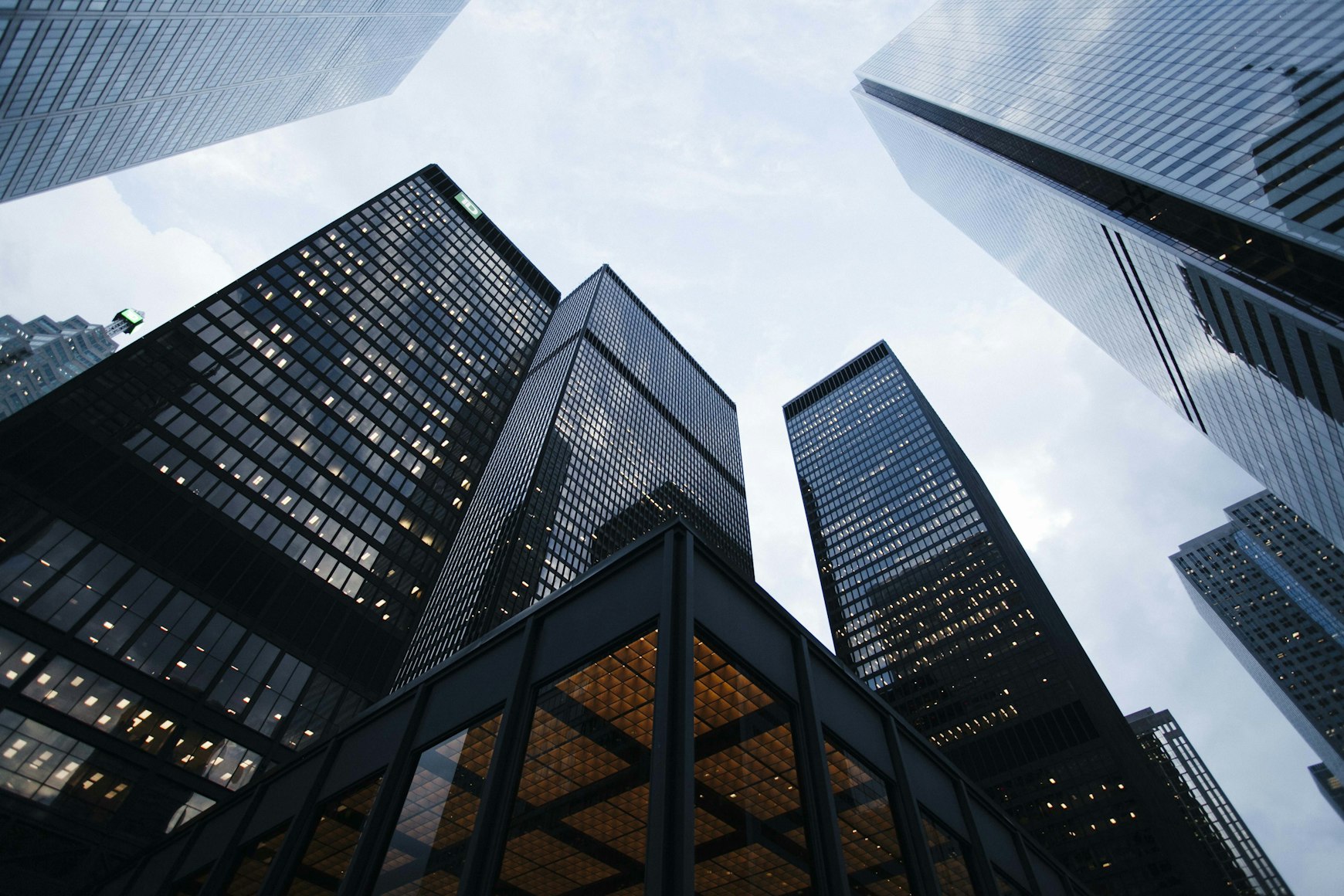The Remote Work Revolution’s Second Act: The Great Urban Reshuffle
Remote work is reshaping cities—fueling 15-minute neighborhoods, reviving suburbs, and creating more flexible, human-centered urban living.

The remote work revolution has triggered a seismic shift in our relationship with the city. The old model of centralized business districts with daily commuter influxes has been broken, leading to a “great urban reshuffle”—a profound reordering of urban landscapes. But cities aren’t dying; they’re evolving into something more resilient, diverse, and human-centered.
The City is Not Dead, It’s Just Different
The pandemic-driven shift to remote work has fundamentally altered urban dynamics that had remained relatively stable for decades. Office occupancy rates in major cities remain 30-50% below pre-pandemic levels, creating ripple effects across urban ecosystems. However, this disruption represents not the death of cities but rather their evolution toward new forms and functions.
Urban centers are experiencing a transition from single-use commercial districts to multi-functional neighborhoods. The traditional 9-to-5 downtown that emptied out each evening is giving way to 18-hour districts where people live, work, and socialize in the same area. This represents a return to more traditional urban patterns that existed before the automobile-centric development of the 20th century.
Key Urban Transformations Driven by Remote Work:
- Decentralized Economic Activity: Work is spreading from CBDs to neighborhoods and suburbs
- Repurposed Commercial Space: Offices converting to residential, educational, and community uses
- Neighborhood Revitalization: Local commercial corridors thriving as people work closer to home
- Transportation Reimagining: Reduced peak-hour congestion enabling street redesigns
- Hybrid Gathering Spaces: New types of spaces supporting both remote and in-person collaboration
The Rise of the 15-Minute Neighborhood
The remote work revolution has accelerated interest in the “15-minute city” concept, where residents can meet most daily needs within a 15-minute walk or bike ride from home. Paris has made this model a central plank of its urban strategy, creating neighborhood hubs with mixed-use development, local services, and improved public spaces.
| Urban Element | Pre-Pandemic City | Post-Pandemic City | Impact |
|---|---|---|---|
| Work Location | Centralized in CBD | Distributed across metro area | Reduced peak congestion |
| Office Space | Dedicated individual spaces | Flexible shared spaces | 40% less space per worker |
| Commuting Pattern | Daily radial commute | Reduced, multi-directional trips | Changed transit demands |
| Neighborhood Use | Evening/weekend activity | All-day neighborhood vitality | Local business adaptation |
The “Donut Effect” and the Future of Downtown
The “donut effect” describes the hollowing out of central business districts as remote work enables people to move further from urban cores while maintaining employment. Research shows that city centers have lost population while suburbs and exurbs have gained residents. This geographic redistribution is reshaping housing markets, transportation patterns, and local economies.
The commercial real estate sector faces significant challenges with office vacancy rates reaching 30-year highs in many cities. However, this crisis also creates opportunities for reinvention. Cities are exploring office-to-residential conversions, creating more housing in central locations while addressing affordability challenges. Adaptive reuse projects can preserve architectural heritage while meeting contemporary needs.
Transforming vacant office buildings into housing to create more vibrant, 24-hour downtowns
Repositioning downtowns as hubs for research, technology, and creative industries
Shifting from convenience retail to destination experiences that draw visitors
Converting underused streets and plazas into vibrant community gathering spaces
Case Study: San Francisco’s Downtown Transformation
San Francisco exemplifies both the challenges and opportunities of the remote work transition. The city’s downtown has experienced office vacancy rates exceeding 30%, among the highest in the nation. In response, the city has launched ambitious initiatives to reinvent its urban core, including streamlined conversion processes for turning offices into housing and incentives for ground-floor cultural and entertainment uses.
The Suburban Renaissance
The remote work revolution has triggered a “suburban renaissance” as people prioritize space, affordability, and quality of life. However, today’s suburban growth differs from previous waves of suburbanization. Rather than purely residential bedroom communities, suburbs are developing more diverse economic bases and urban amenities.
This represents a significant shift. Many suburbs are developing their own downtown areas and employment centers, reducing their dependence on central cities. Places like Bellevue, Washington, and Tysons, Virginia, have transformed from suburban office parks into vibrant urban centers in their own right, with housing, retail, and cultural amenities alongside employment.
The Evolution of Suburbs in the Remote Work Era:
- Employment Diversification: Suburbs developing their own job centers beyond traditional retail/service
- Urban-Style Amenities: Cultural institutions, dining scenes, and public spaces rivaling urban cores
- Transit-Oriented Development: Denser, walkable development around suburban transit stations
- Hybrid Workspaces: Coworking spaces and satellite offices serving local remote workers
- Interjurisdictional Collaboration: Regional approaches to housing, transportation, and economic development
The Rise of “Zoom Towns”
Beyond suburbs, smaller cities and towns have experienced significant growth as remote workers seek affordability, natural amenities, and quality of life. Places like Boise, Idaho; Bentonville, Arkansas; and Asheville, North Carolina have seen population surges as remote workers relocate from more expensive coastal cities.
This migration brings both opportunities and challenges. These “Zoom towns” benefit from new residents’ economic contributions but face pressures on housing affordability, infrastructure, and local character. Successful communities are proactively planning for growth while preserving what makes them attractive destinations.
A Once-in-a-Generation Opportunity
The urban reshuffle marks a once-in-a-generation opportunity to reimagine the future of cities — creating environments that are more sustainable, equitable, and people-focused than ever before. As hybrid work reshapes how we live and move, city planners are reducing dependence on cars and rethinking commercial spaces to promote greener, healthier urban living.
Key Urban Transformation Insights:
- 15–20% reduction in office space as remote and hybrid work redefine workspace needs.
- 25% fewer vehicle miles traveled, signaling a major shift toward walkable, low-carbon cities with improved public transit and bike infrastructure.
Conclusion: A New and More Livable City
The great urban reshuffle represents both challenge and opportunity. The disruption to established urban patterns creates economic and social strains, particularly for businesses and workers tied to the old model. However, it also creates space for innovation and improvement in how we design and inhabit cities.
The most successful cities will be those that embrace this transition proactively. Cities like Barcelona with its “superblocks” and Paris with its “15-minute city” initiative demonstrate how urban spaces can be reorganized around human needs rather than automotive convenience. These models prioritize green space, active transportation, community interaction, and local economic resilience.
The future urban landscape will likely feature a more polycentric structure, with multiple activity centers rather than a single dominant downtown. This distributed model can reduce transportation demands, support neighborhood businesses, and create more resilient urban economies less dependent on any single district or industry.
Ultimately, the remote work revolution accelerates trends toward more sustainable, equitable, and human-scaled urban environments. Cities that successfully navigate this transition will emerge stronger—more adaptable, more diverse, and better positioned to meet the challenges of the 21st century, from climate change to economic transformation. The city of the future isn’t one without offices or downtowns, but one where these elements integrate more harmoniously with the full spectrum of urban life.
Case Study: New York City’s Adaptive Reuse
New York City has launched an ambitious program to convert underused office buildings into housing, with a focus on creating more affordable units and revitalizing business districts. The city identified over 100 million square feet of office space potentially suitable for conversion.
- Streamlined approval process for conversions
- Tax incentives for affordable housing creation
- Zoning changes to allow residential in commercial districts
- Partnerships with private developers and community groups
Policy Recommendations for the Transition
Successfully navigating the urban reshuffle requires thoughtful policy interventions at multiple levels of government. These policies should support adaptation while ensuring that the benefits of change are widely shared and the costs are not disproportionately borne by vulnerable communities.
Key policy priorities include:
Updating zoning codes to allow mixed-use development, live-work spaces, and easier building conversions
Adapting public transit to serve distributed trip patterns rather than just radial commutes
Ensuring housing affordability amid changing neighborhood dynamics and conversion opportunities
Supporting small businesses and helping them adapt to changing customer patterns
The remote work revolution represents the most significant reshaping of urban geography in generations. Cities that approach this transition with vision, flexibility, and equity at the forefront will not only survive but thrive in the new urban landscape. The result can be cities that work better for everyone—more sustainable, more equitable, and more delightful places to call home.
Further Reading & Resources
Explore these authoritative sources for deeper insights into urban transformation:








